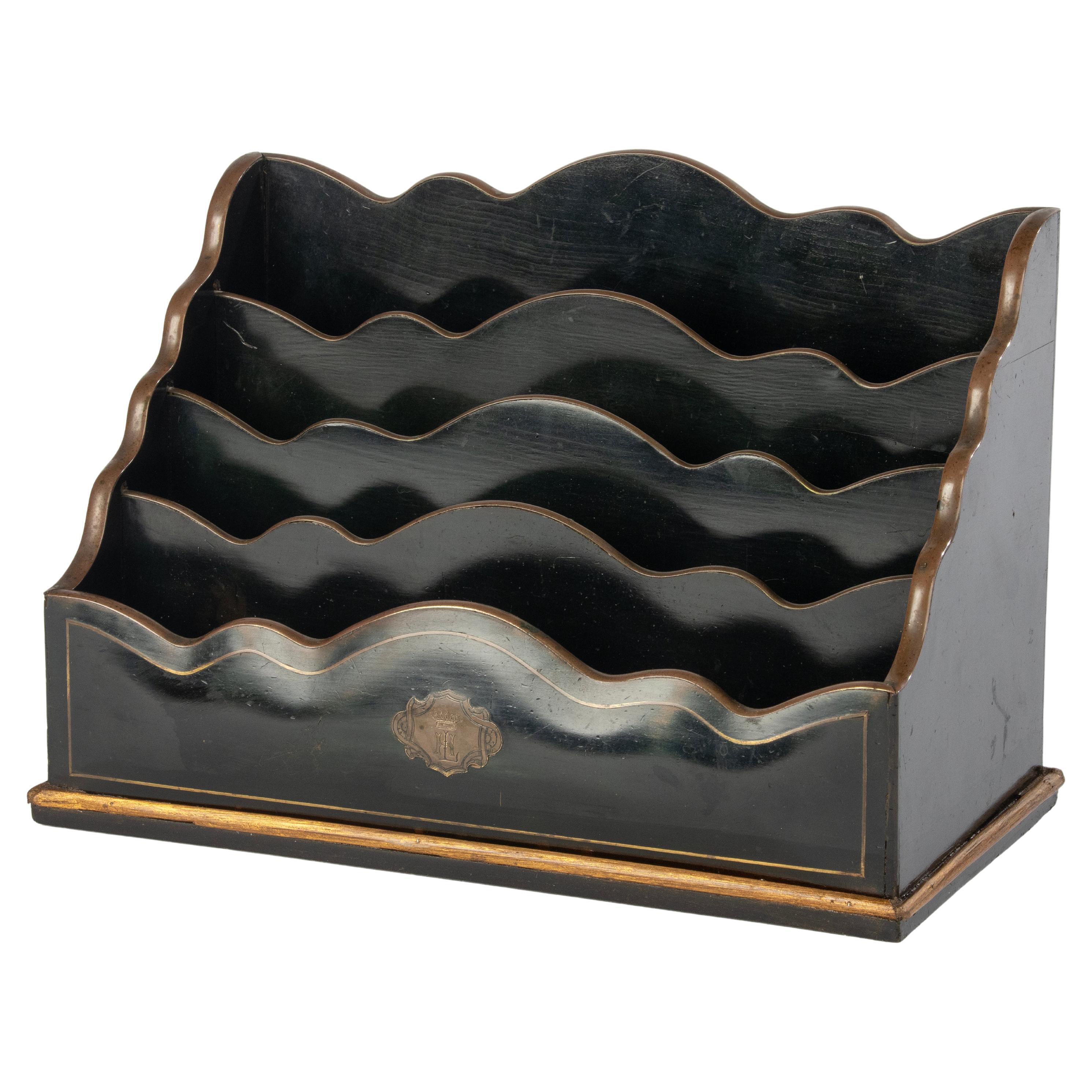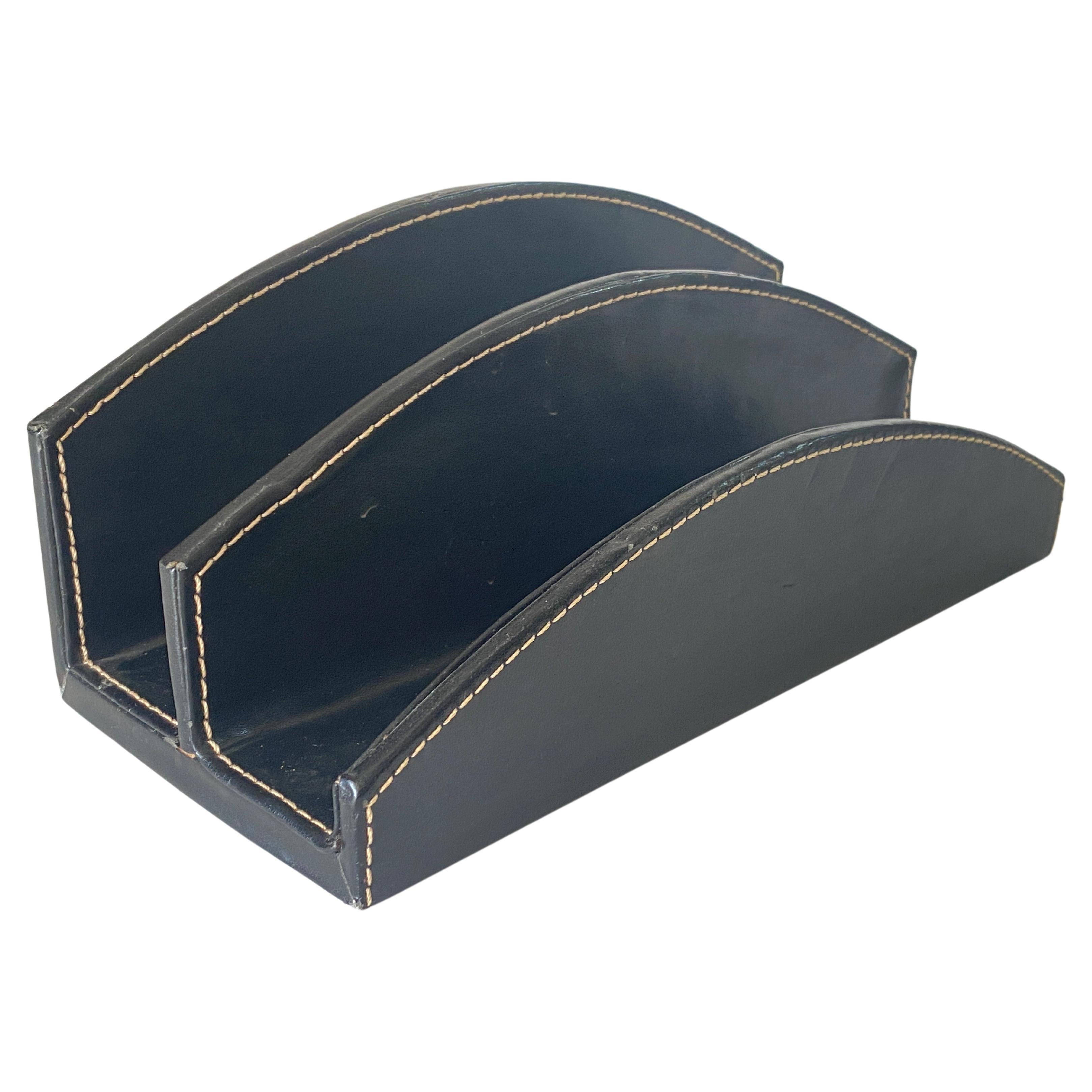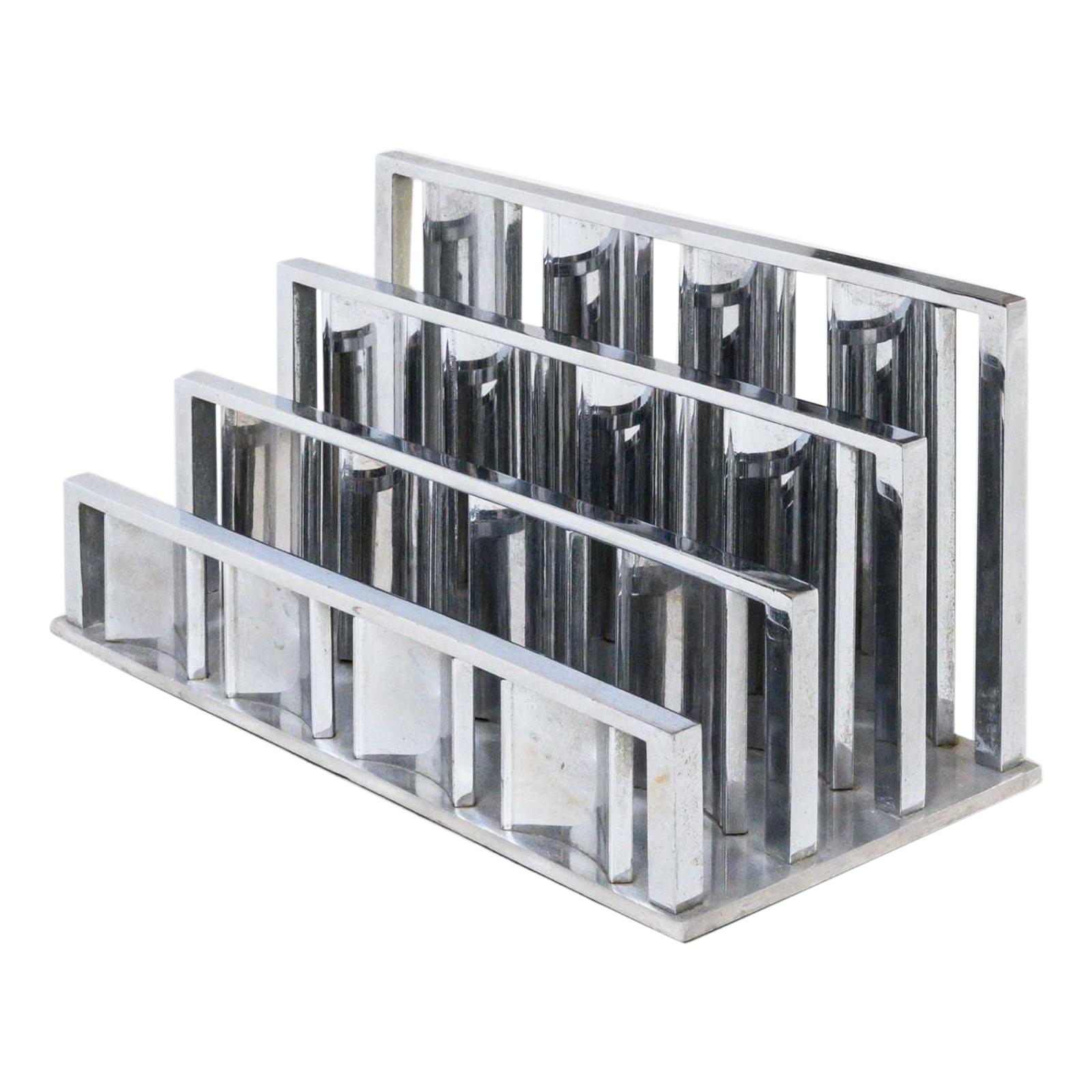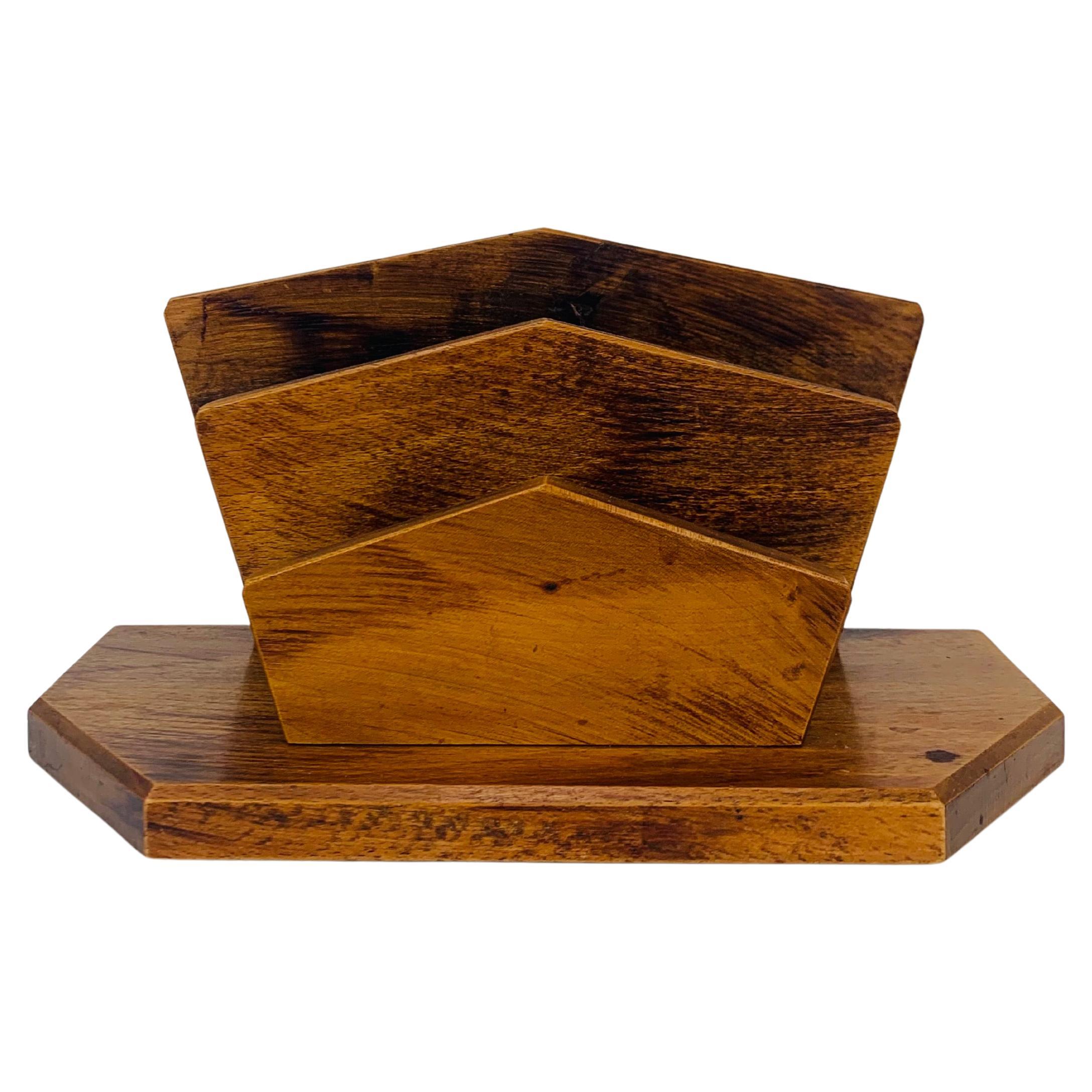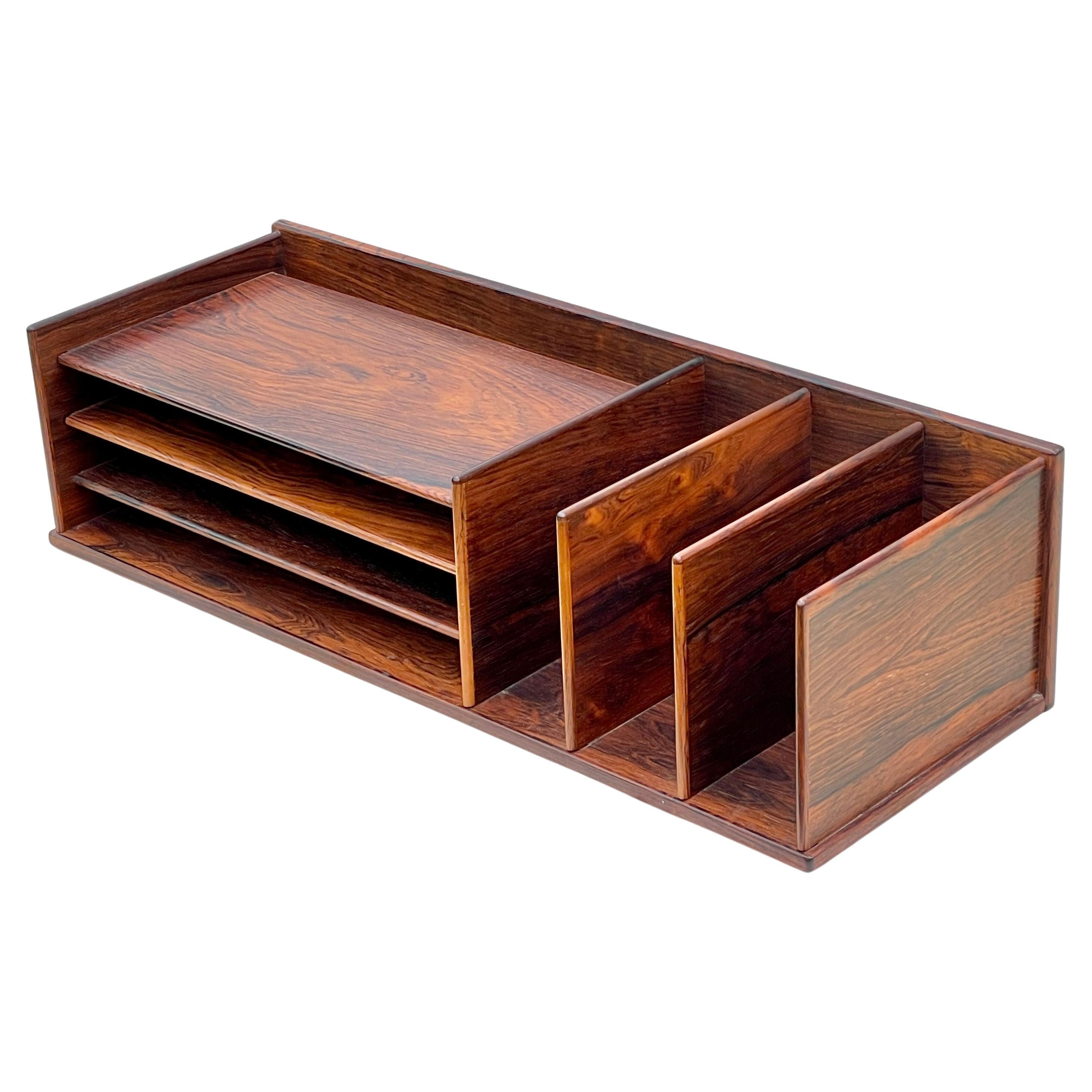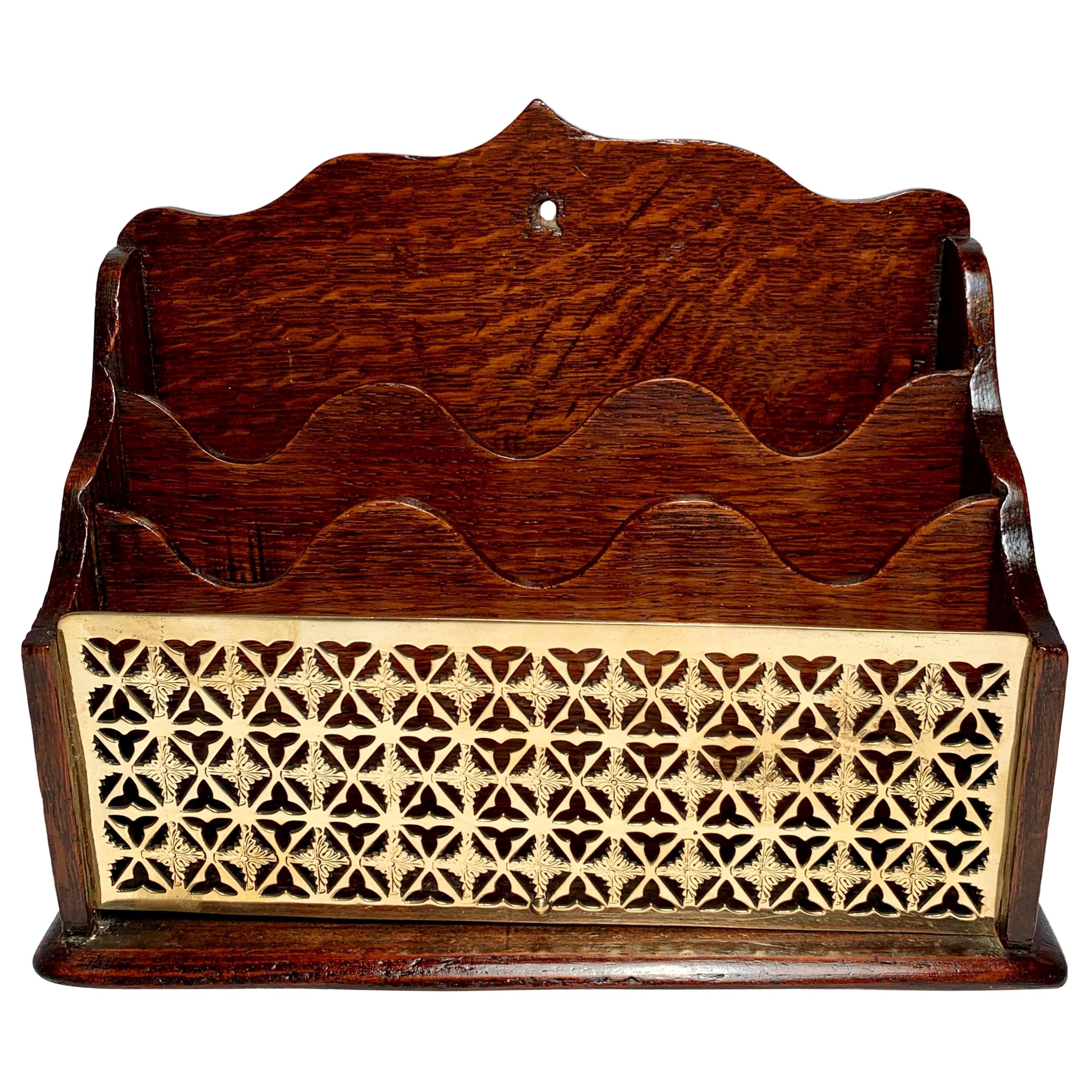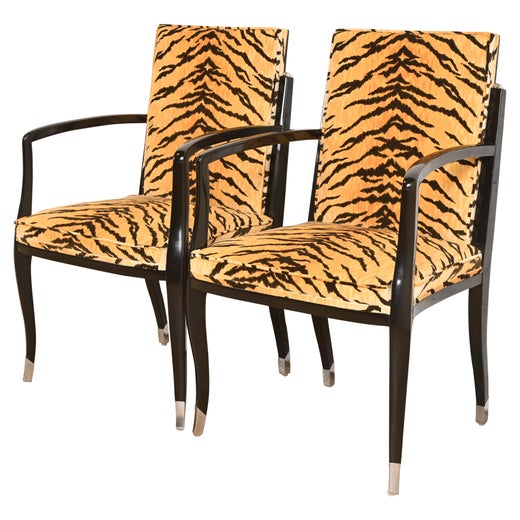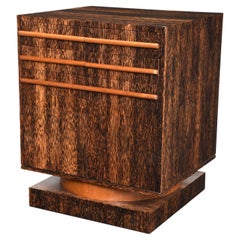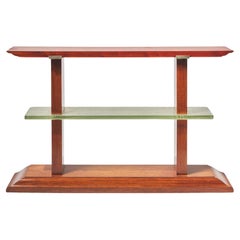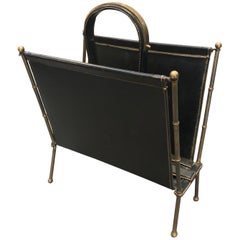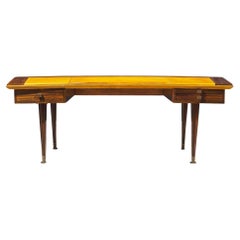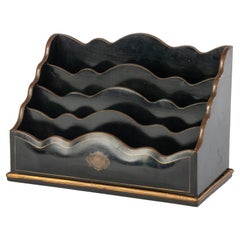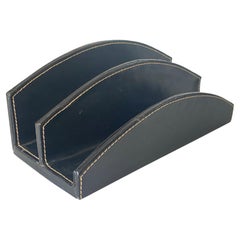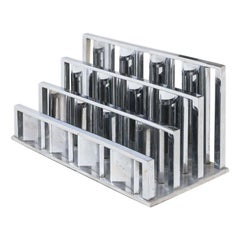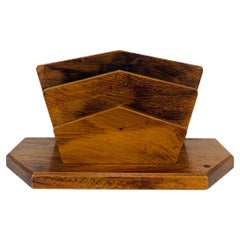Macassar Wood Letter Rack by Emile-Jacques Ruhlmann
About the Item
- Creator:Émile-Jacques Ruhlmann (Designer)
- Dimensions:Height: 7 in (17.78 cm)Width: 14 in (35.56 cm)Depth: 5 in (12.7 cm)
- Materials and Techniques:
- Place of Origin:
- Period:
- Date of Manufacture:1930
- Condition:
- Seller Location:Montreal, CA
- Reference Number:1stDibs: LU875134434572
Émile-Jacques Ruhlmann
Endeavoring to create exquisite work that would endure forever, designer Émile-Jacques Ruhlmann defined the grandeur of the French Art Deco movement of the 1920s. His luxurious storage cabinets, seating, other furniture and interiors garnered considerable popularity alongside the growth in post–World War I Paris’s population of newly wealthy residents.
The Paris-born Ruhlmann was the son of a decorating contractor, a business he took over in the early 1900s and expanded into furniture and interior design. But by the end of his career, he was best known for being a skilled ensemblier, a term for a designer who not only makes furniture and decorates spaces but rather personally crafts each and every piece required in the space, from doorknobs to sofas. This practice ensured that the space was harmonious and consistent with Ruhlmann’s vision, and it contributed to the lasting popularity of his designs.
Ruhlmann enjoyed the patronage of the newly affluent and was encouraged by the popularity of Art Deco. While the Arts and Crafts and Art Nouveau movements were early influences, he is renowned for the modernity of his Art Deco–era designs, which reflected the celebratory nature of the times, including an integration of opulent flourishes; luxurious materials like Macassar ebony, amboyna burl, ivory and precious metals; and skilled craftsmanship and construction techniques.
Renowned all over the world, Ruhlmann was commissioned by the Metropolitan Museum of Art in New York to design a cabinet in 1925, embellishing its curved door with a sophisticated floral motif by way of an ornate marriage of wood and ivory veneer. Also in 1925, at the Exposition Internationale des Arts Décoratifs et Industriels Modernes, arguably the exhibition that introduced Art Deco on an international level, his pavilion was the most popular.
By the time the economic depression of the 1930s materialized, Ruhlmann’s exorbitantly expensive designs were no longer viable. But the majesty and elegance of the ’20s remain an important part of design history, and Ruhlmann has been described as “perhaps its finest exponent.”
Find a collection of authentic Émile-Jacques Ruhlmann furniture on 1stDibs.
- ShippingRetrieving quote...Shipping from: New York, NY
- Return Policy
More From This Seller
View AllVintage 1930s French Art Deco Dry Bars
Palmwood
Vintage 1930s French Art Deco Console Tables
Mahogany
Vintage 1950s French Magazine Racks and Stands
Leather
Vintage 1930s French Art Deco Desks
Macassar
Vintage 1930s French Art Deco Coat Racks and Stands
Bronze
Antique 1830s English Regency Serving Tables
Mahogany
You May Also Like
Antique 1870s French Napoleon III Desk Sets
Brass
Vintage 1950s French Mid-Century Modern Desk Sets
Leather
Vintage 1930s French Art Deco More Desk Accessories
Silver Plate, Brass, Chrome
Vintage 1940s French Art Deco Desk Sets
Wood
Vintage 1960s Danish Scandinavian Modern Desk Sets
Rosewood
Antique Late 19th Century English More Desk Accessories
Brass
Read More
Carlo Bugatti’s 1902 Chair Is a Masterful Cultural Mash-Up
The Italian maker’s unmistakable, highly eclectic style drew on influences from around the globe.
This Alain Delon–Designed Table Is Almost as Handsome as He Was
Fans of the French film star may be surprised to learn that he had a flair for furniture with sleek lines and disco-era flash.
